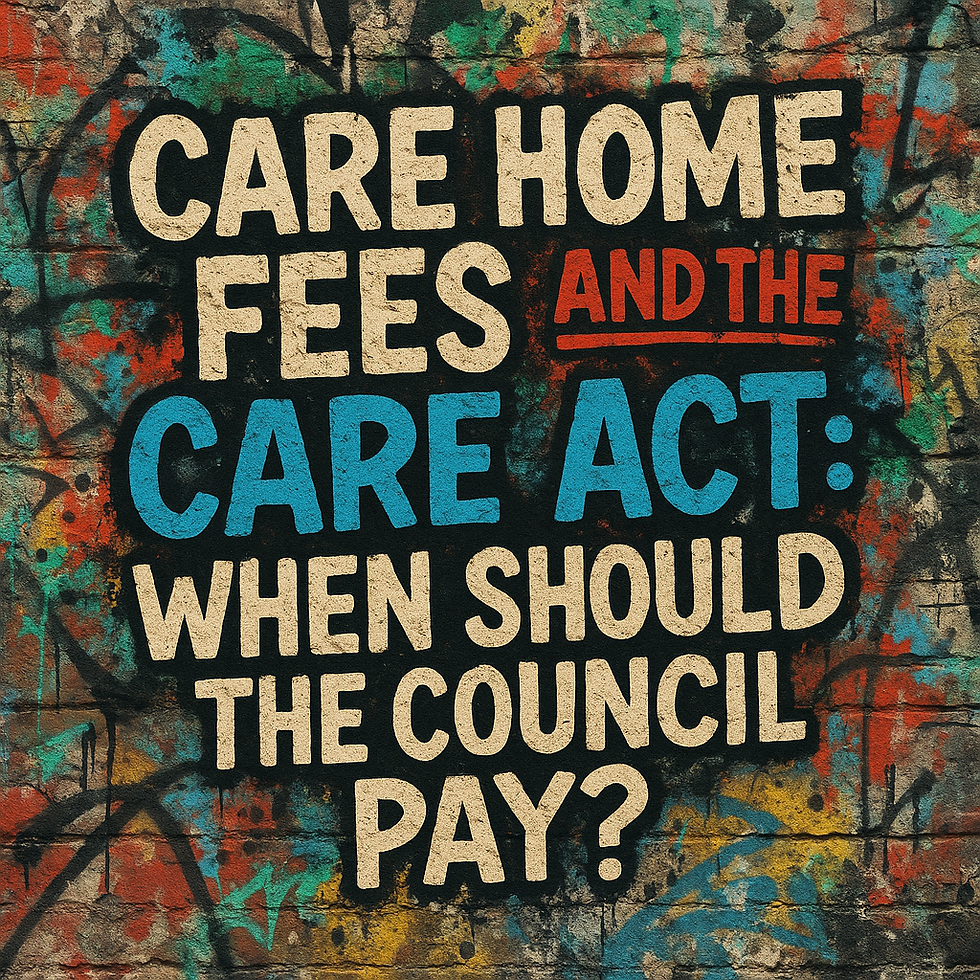Breaking Bad - The Barriers of Telehealth Video Assessments.
- Team Nellie

- May 2, 2020
- 4 min read
Updated: Apr 21, 2023
What are some of the barriers telehealth assessments create?
While the technology is not new, telehealth systems are new to many professionals and clients alike, this in itself can create a barrier as new skills and knowledge are required to ensure the telehealth tool is used correctly. We wills how, however, how this barrier can be used to overcome this and other obstacles.
In any professional assessment setting, there is an automatic power inequality. You are the professional, so, therefore, you have perceived power. In cases where clients are hoping to be discharged from the Court of Protection, it is common to hear them say "well, my future is in your hands.".
This perceived power inequality can be emphasised when using telehealth as the technology is unfamiliar with clients and is compounded by the fact the assessment is no longer taking place in their own home but over a professional system.
The final barrier we will identify in this piece is that of identification of the environmental obstacles leading to an inability to identify undue influence. Telehealth systems do not allow for the assessor to assess the home environment, who else is in the room and observe the body language of those present. All essential things that can, in a face to face scenario, assist in the identification of undue influence.
So how do we overcome the barriers telehealth assessments create?
The first thing we need to understand is we can minimise the risk these barriers create in ensuring a telehealth mental capacity assessment and authentic. Still, they cannot always be eliminated.
I always like to ensure I get one pop culture reference into my writing, so here it is, Howard Beale ranted in the film Network (1976) famously shouting "I'm a human being goddammit, my life has meaning". This is how we overcome some of these barriers, by remembering as assessors we are human beings as are our clients.
As mentioned, the technology is not something a majority of the population is familiar with; this can be used as a way of breaking down the barrier. Allowing clients to see some vulnerability through the professionals perceived lack of knowledge of a particular system could, in some instances change the power balance and allow the client to see a human being rather than an authoritative figure.
Honesty is an essential tool that can not only assist in breaking down the barriers mentioned but also build trust between assessor/client and again impacts on the perceived power inequality.
The Mental Capacity Act (2005) states we should take all practicable steps to support a person in making their own decisions; this can include them having someone support them during their assessment.
This principle, coupled with the use of honesty, can break down the environmental barriers that can lead to an inability to identify undue influence. Before, and at the outset of the assessment, explain this principle to the client, tell them if they have someone with them then it is okay for them to sit with them as part of the telehealth assessment.
This approach does three things; firstly it empowers the client to have support, increasing their ability to make their own decision, thus ensuring you are compliant to the principles of the Mental Capacity Act (2005). Secondly, it removes a reason for any honest third party to be "hidden off-camera" if a third party feels they are allowed to join the assessment in all likelihood they will. Thirdly, telehealth still allows for some communication of body language. An assessor with good observational skills could pick up on these inconsistent or contradictory communications signs and then be able to use good communications approaches to explore these further allowing for either identification of undue influence or discount it.
Understanding who your client is before the assessment is also key to overcoming these barriers. In a face to face situation, we would use our body language; you may kneel to be at the same level as someone or sit on the floor to change a perceived power imbalance. This is more difficult in via telehealth, but not impossible. I have heard many tips recently of advising of software that can change the background of the environment or advising of a plain background for assessments; this could create a more professional and clinical feel to a telehealth assessment.
However, to overcome barriers, we need to redress this power imbalance, to do so we need to show vulnerability and a 'human side'. At the same time, it is crucial to ensure there are no personal details on display or anything that could offend. Having paintings, books or other items we would typically have in a home office environment does help the client identify with you as a person.
From a Social Work perspective, the 'Best Practice Approach' is not about the outcome but about ensuring the process of coming to an outcome is the right process for the individual, it should be therapeutic. When assessing Mental Capacity, the assessor has no control over the outcome, but they do have control over how therapeutic the nature of the assessment is. By ensuring assessments are therapeutic in nature, person-centred, and the assessor works to breakdown barriers, a telehealth assessment should be as authentic as a face to face assessment.
for more information on our telehealth or any of our services check us out at:
www.nelliesupports.com




Comments